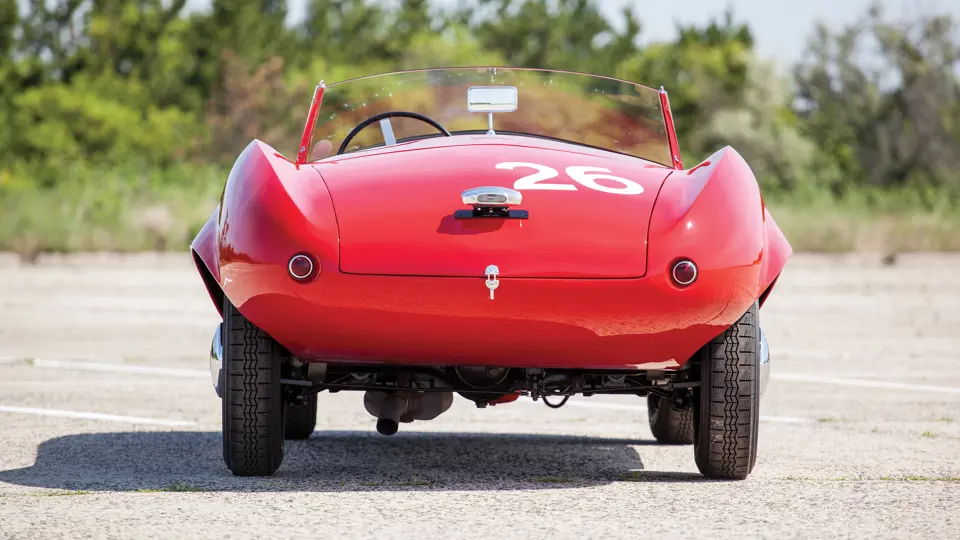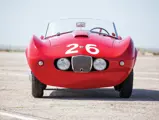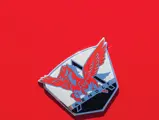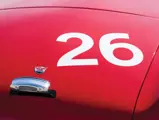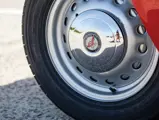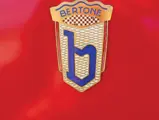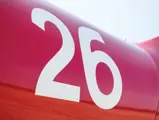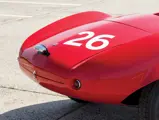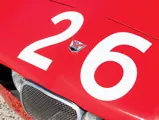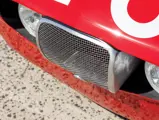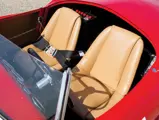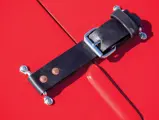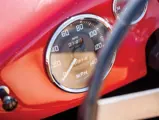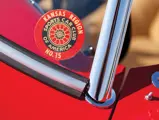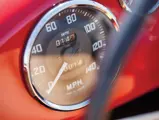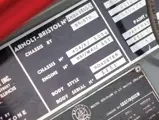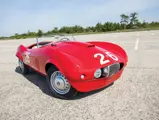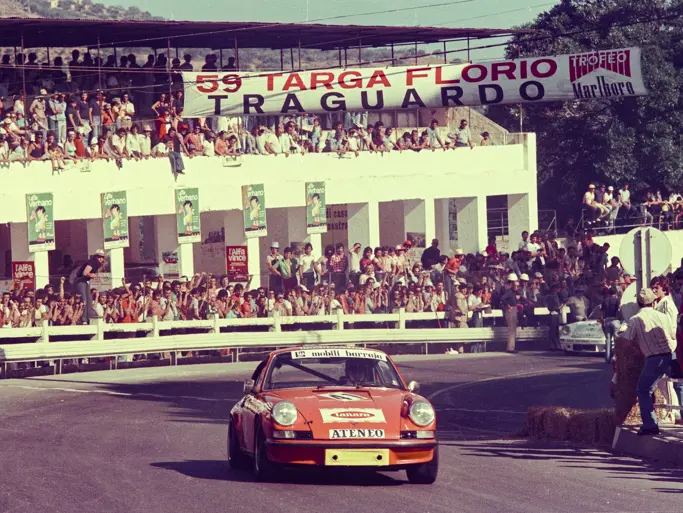
1956 Arnolt-Bristol Roadster
{{lr.item.text}}
$350,000 - $450,000 USD | Not Sold
{{bidding.lot.reserveStatusFormatted}}
- A rare sports car of the early post-war period
- Period racing history, including avid participation in West Coast SCCA events
- Period-correct dual-quad Corvette engine swap
- Fresh, top-quality restoration
225 bhp, 265 cu. in. OHV V-8 engine, four-speed manual transmission, independent front suspension with transverse leaf spring, live rear axle with radius arms and torsion bars, and four-wheel hydraulic drum brakes. Wheelbase: 96.25 in.
The slinky Arnolt-Bristol resulted from a deal Stanley H. “Wacky” Arnolt struck with Bristol Cars Ltd. for 200 Series 404 chassis. The chassis, with a Bristol 1,971-cubic centimeter overhead-valve six, four-speed gearbox, and transverse leaf and torsion bar suspension, were shipped to Bertone and clothed in an aerodynamic roadster body designed by Franco Scaglione, later famous for the Alfa-Romeo BAT cars. Wacky even took a team of Arnolt-Bristols to the 12 Hours of Sebring in 1955 and came home with trophies for 1st, 2nd, and 4th.
This Arnolt-Bristol was purchased new by Charles W. “Todd” Aikins Jr., of Wichita, Kansas. A consulting geologist, he formed Thunderbird Drilling Inc., an oil exploration business that became very successful. The Arnolt-Bristol was part fulfillment of his love for sports car racing and joined an impressive stable of cars.
A member of the Sports Car Club of America, Aikins first raced the Arnolt-Bristol at Dodge City, Kansas, on April 28 and 29, 1956. In all, he competed in at least 16 SCCA races through 1959, at venues as wide-ranging as Fort Worth, Phoenix, Tucson, and Aurora, Colorado. By 1959, however, he had become interested in raising thoroughbred racehorses. The Arnolt-Bristol had been sold to a friend, Larry Schmidt, a year or two earlier. Schmidt had it only a short time when it suffered ring-and-pinion failure. Lacking the skills to repair it, he sold it to George Massey, another racing colleague.
When purchased from Massey by Dan Lancaster, of Longview, Texas, in 1993, the car was less the damaged engine. Unable to trace it or locate an authentic substitute, Lancaster took the route of many Arnolt-Bristol owners in that era: installation of a small block Chevrolet V-8 with dual quad carburetors. He was successful in locating instruments and some of the trim, and he completed a fairly comprehensive restoration.
When acquired by the current owner, it was a very clean example but was nevertheless subject to further restoration to raise it to a higher standard. Stripped to bare metal, it has been painted in the original Rossa Corsa color using a single-stage process to match the period varnish and appearance. The engine, as installed by Lancaster, is a correct 1956 Corvette unit with matching numbers, block, heads, carburetor, and manifolds. The transmission is original to the engine and is a four-speed T-10. All gauges are correct and original Arnolt-Bristol parts. The restorer sourced a NOS shift knob and fabricated a shifter to match the Arnolt look to the Corvette transmission. The interior replicates the original “racer” trim, with simple rubber mats and Spartan accoutrements, all sourced from original suppliers. The alloy seats are original but have been reupholstered, along with the rest of the interior, in correct and authentic leather and materials.
This was one of five Arnolt-Bristols originally fitted with Rudge knock-off wheels, though they no longer accompany the car. Original Bristol steel wheels, caps, and center logos have been sourced and fitted. The brake drums are the original finned units. Michelin X tires, original equipment for the car, have also been sourced and mounted. All blackout and brightwork has been redone, and its racing plaques have been replaced on the passenger dash, as shown in period photos.
Total Arnolt-Bristol production was 142 cars, including a few coupes. Many, like this one, worked hard on the race track, so survivors seldom come to market. This example, with a meticulous restoration and period-correct Corvette replacement drivetrain, represents a very uncommon opportunity—and plenty of power to burn.

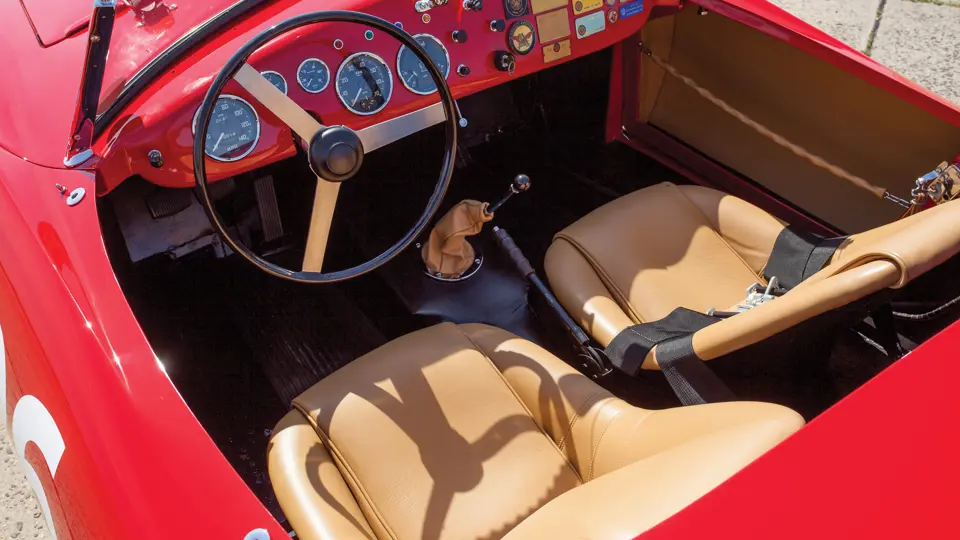


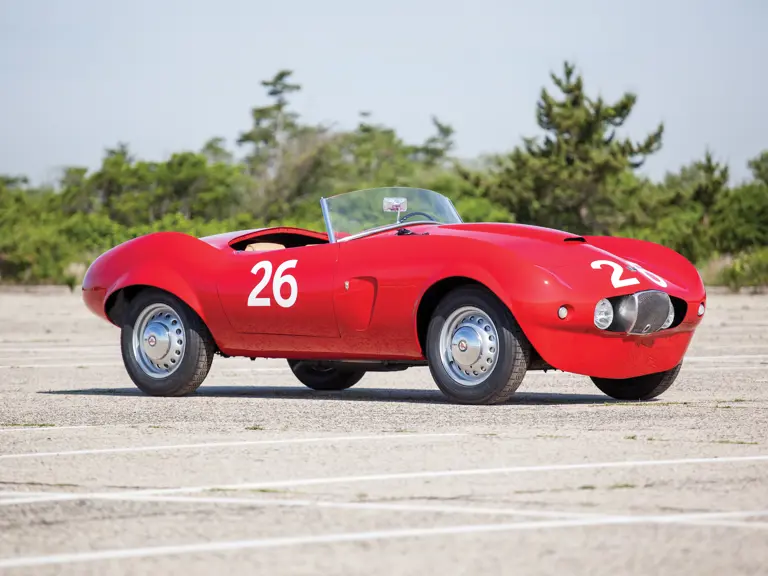
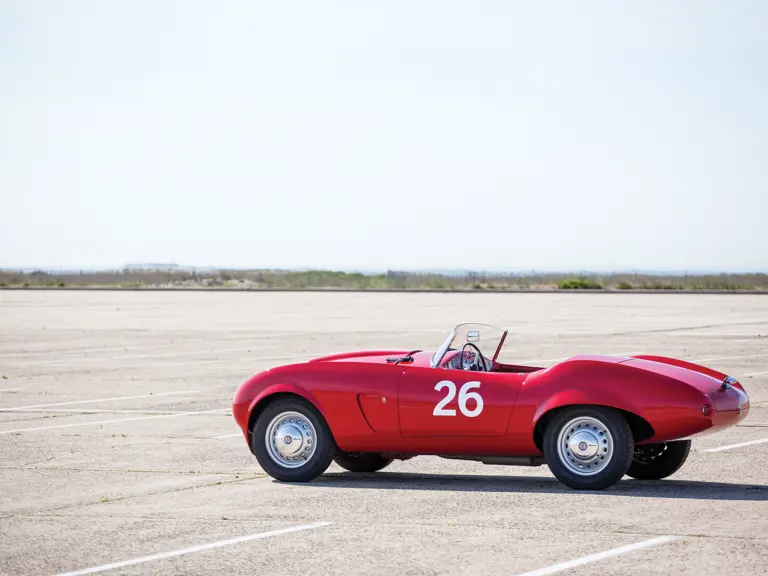



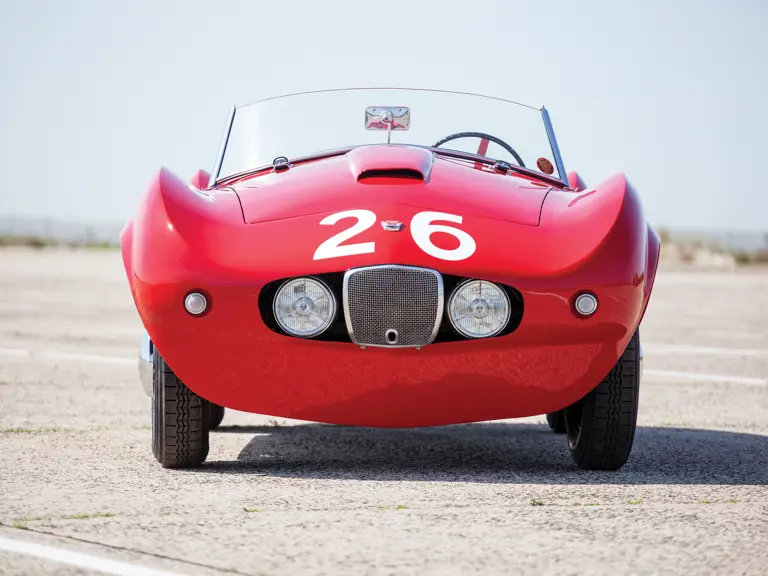
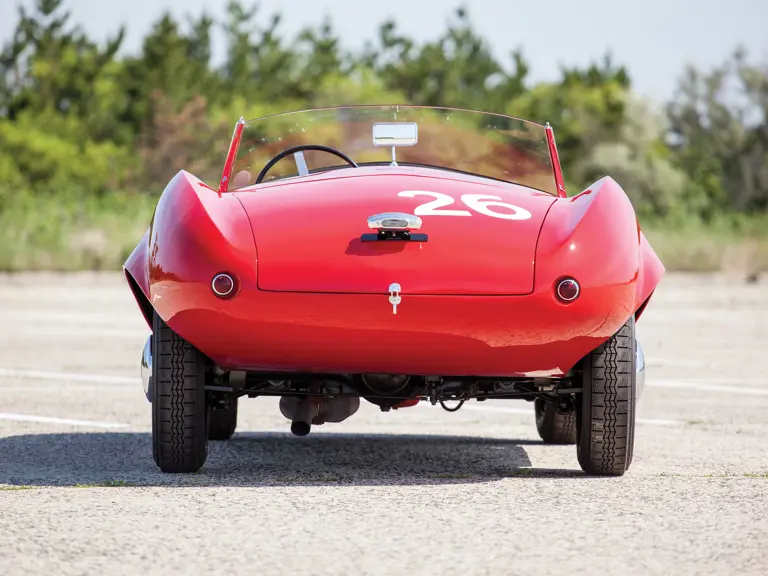
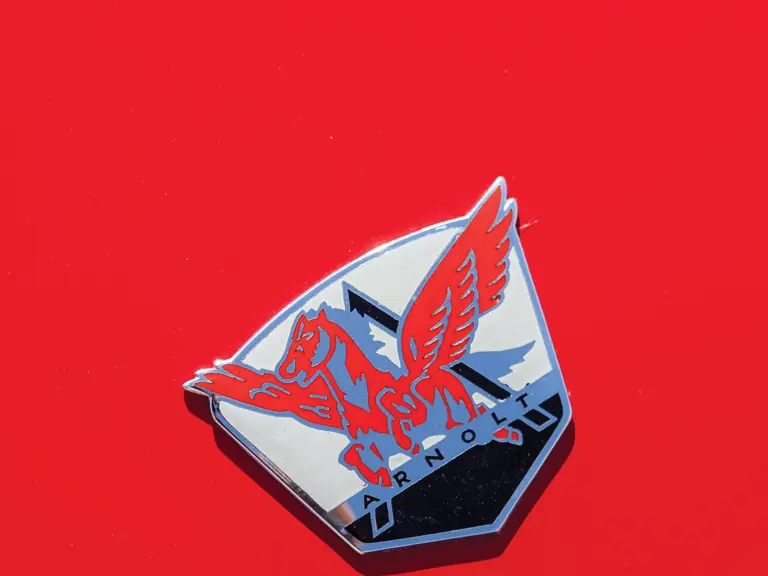


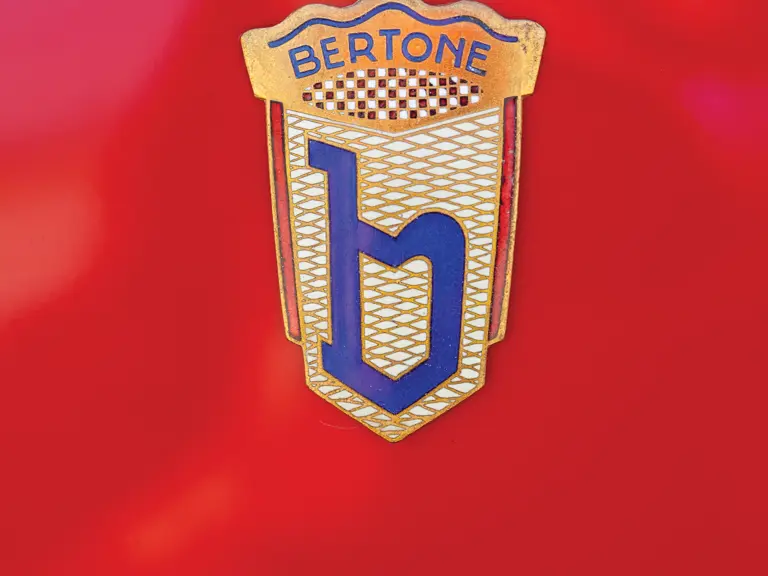

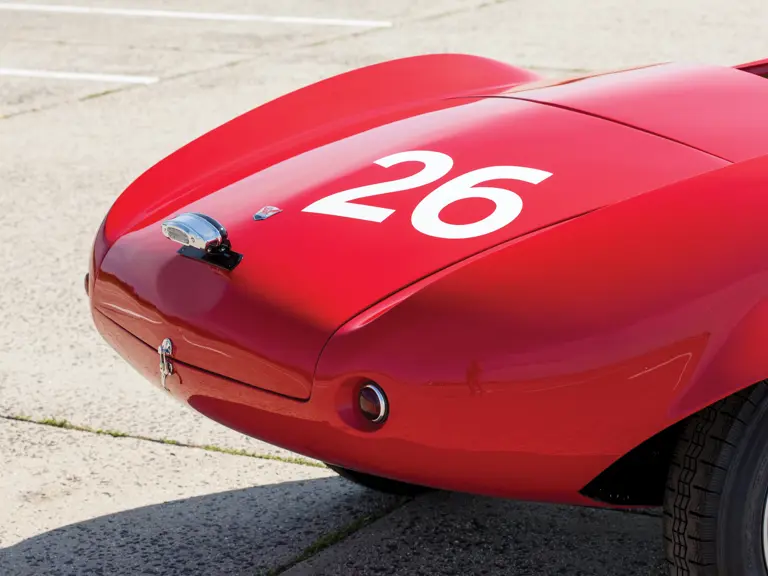


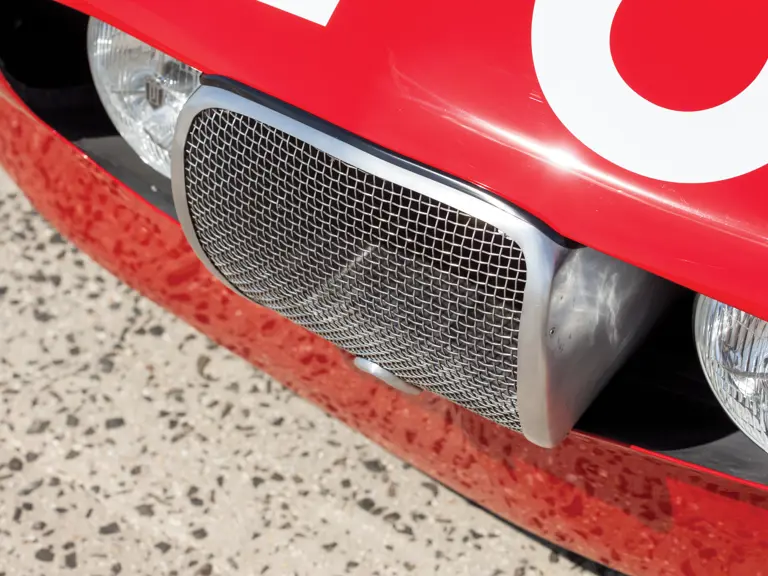
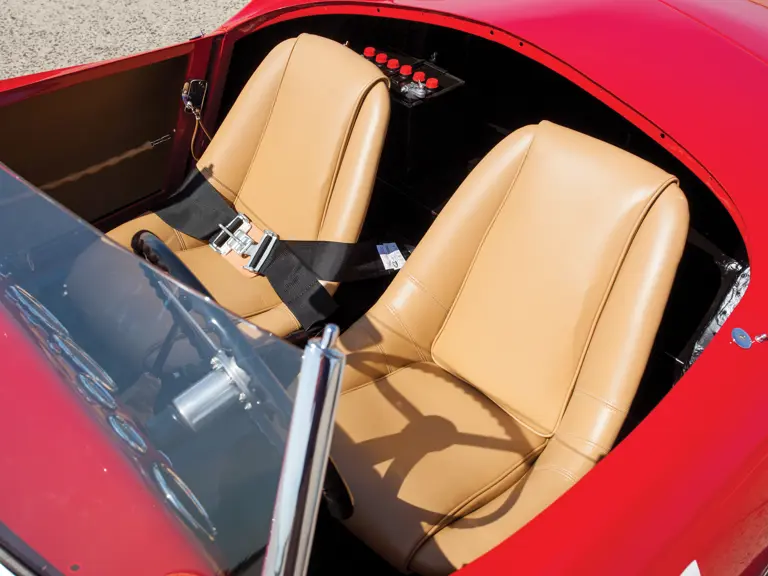
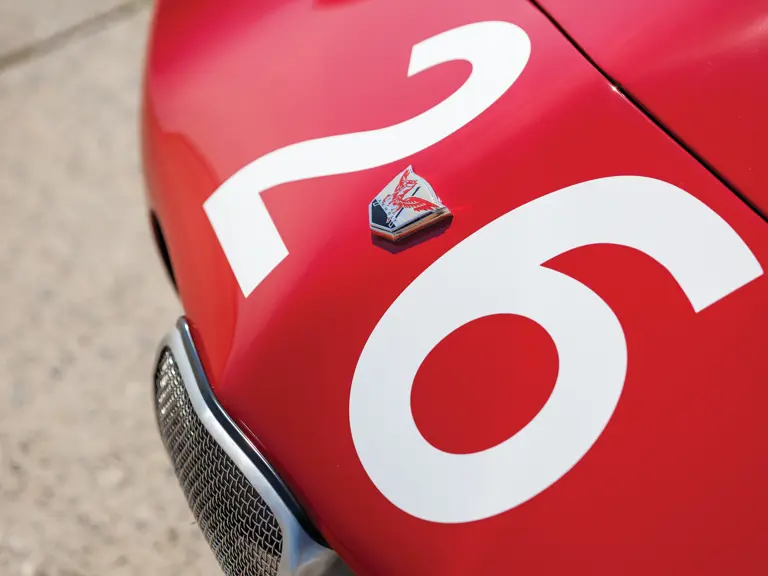
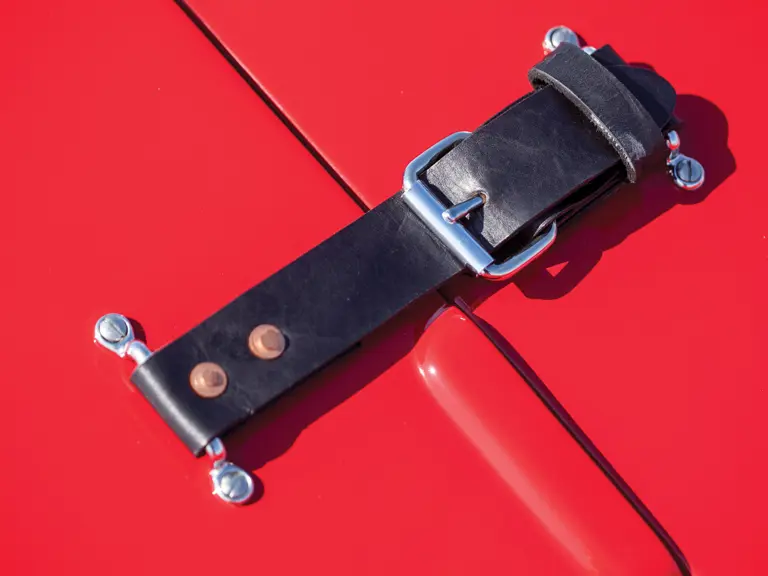
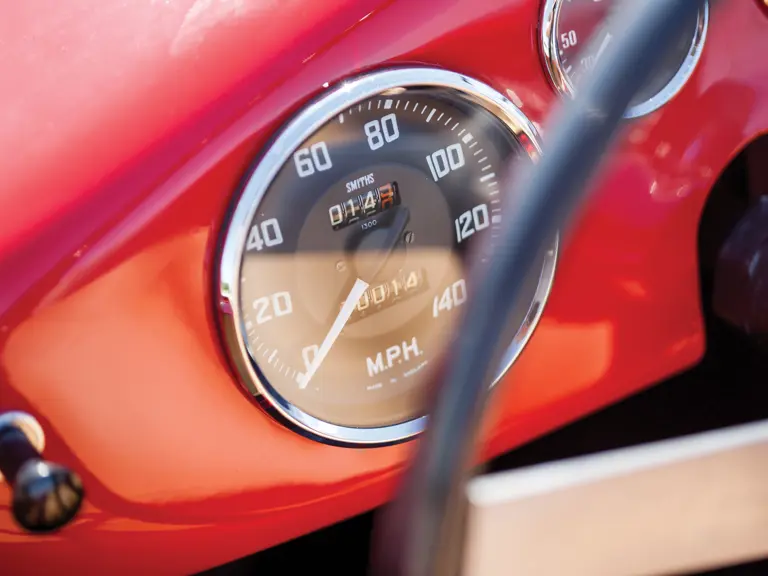
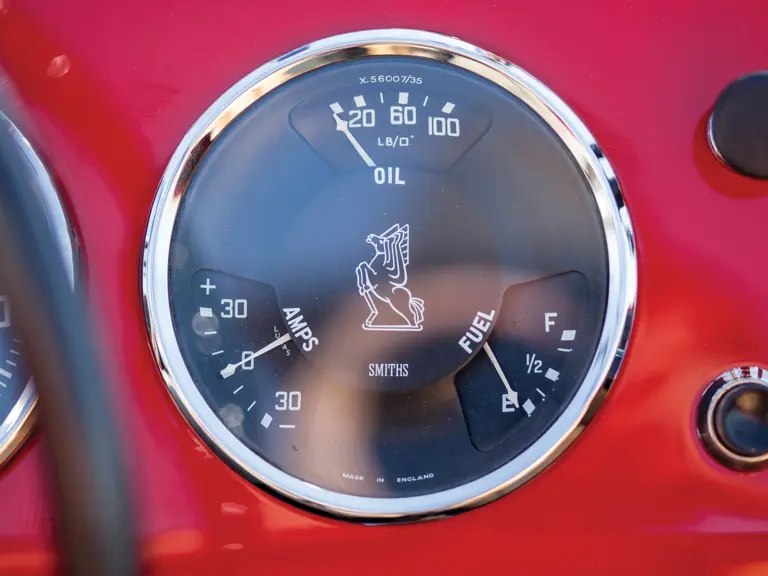

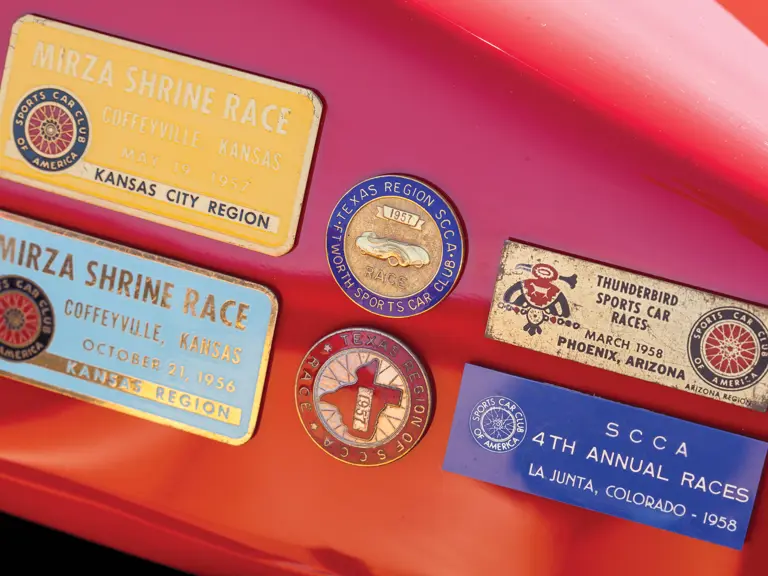
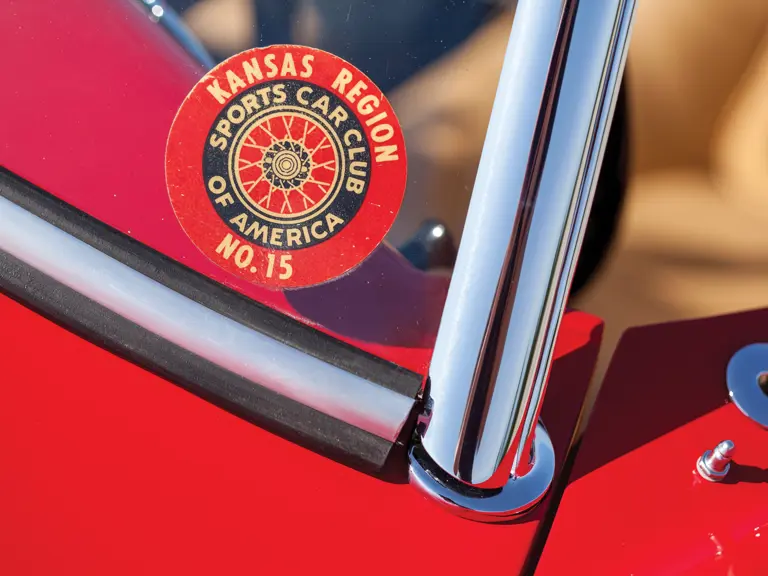



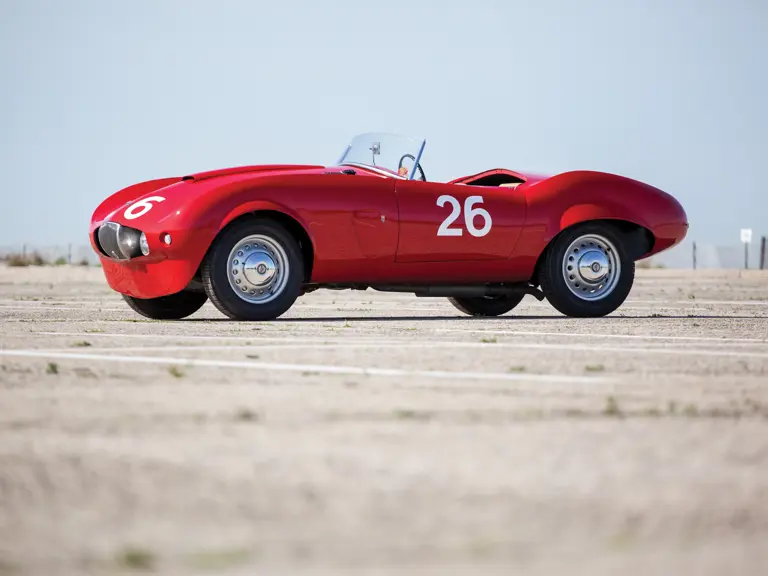
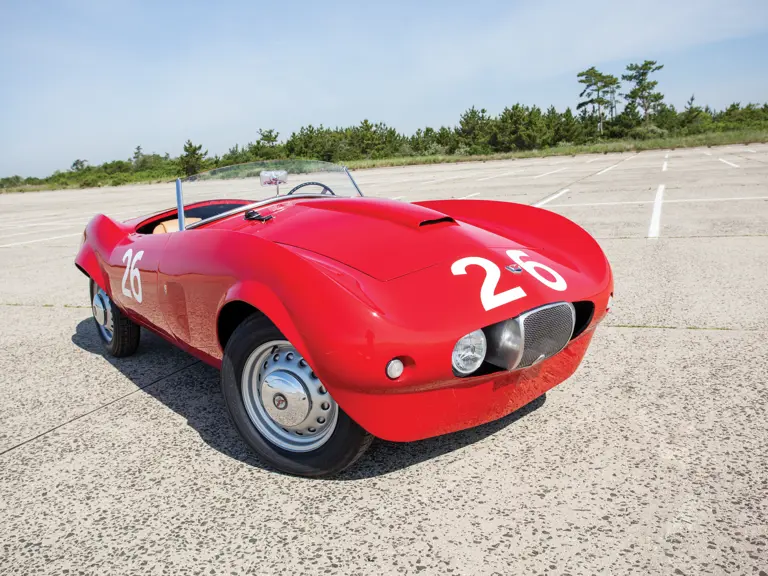
 | Monterey, California
| Monterey, California


